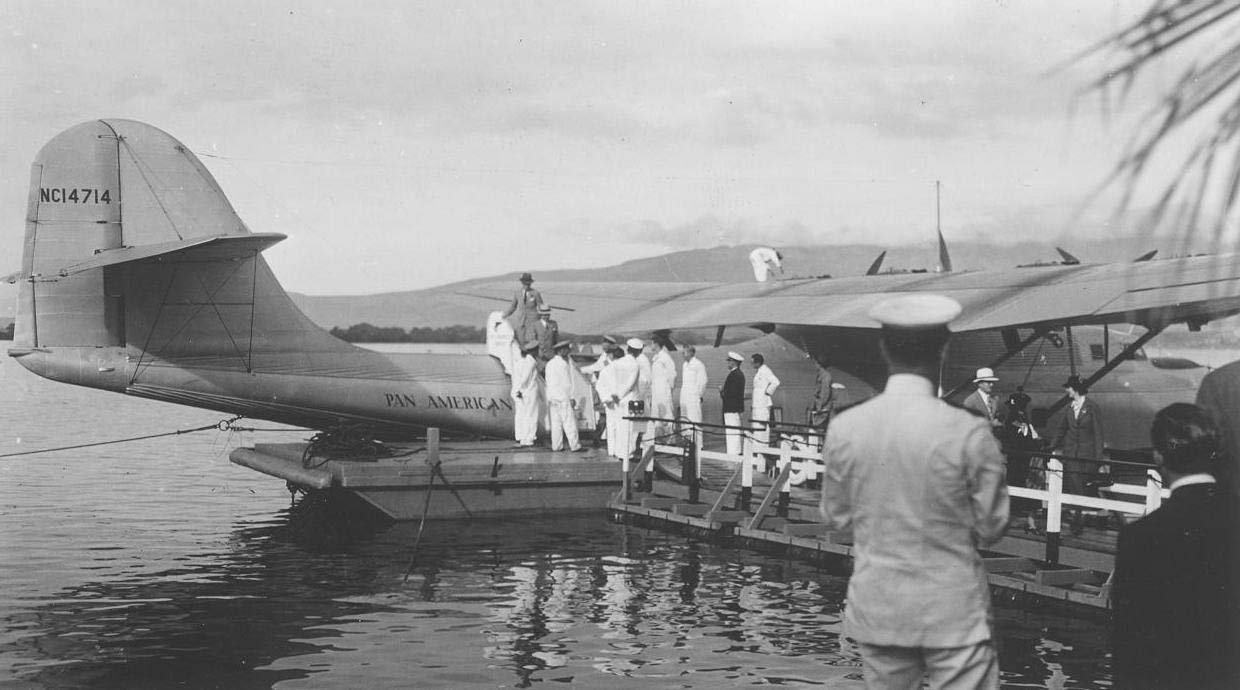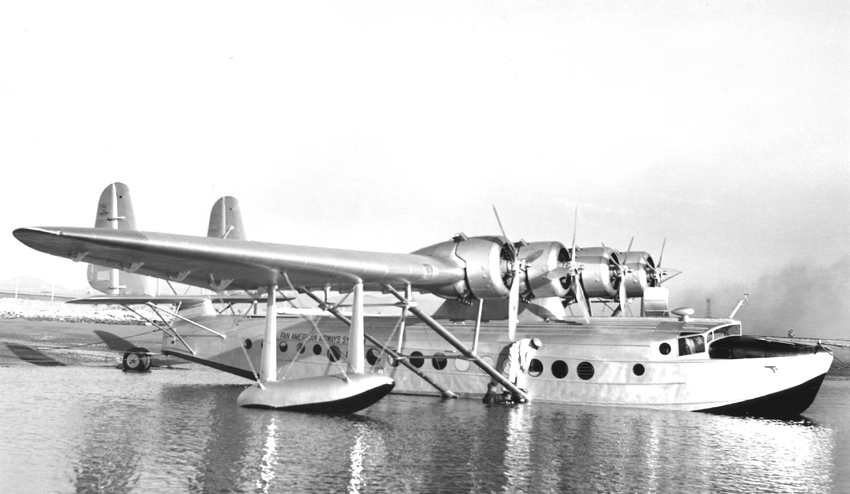Crash of a Consolidated PBY-5A Catalina into the Pacific Ocean: 9 killed
Date & Time:
Nov 26, 1942
Registration:
02951
Survivors:
No
Crew on board:
9
Crew fatalities:
Pax on board:
0
Pax fatalities:
Other fatalities:
Total fatalities:
9
Circumstances:
The crew was engaged in a night maritime patrol flight over the Pacific Ocean. En route, while cruising some 80 km off the north coast of Oahu Island, the seaplane crashed into the sea in unknown circumstances. No trace of the aircraft nor the crew was ever found.








